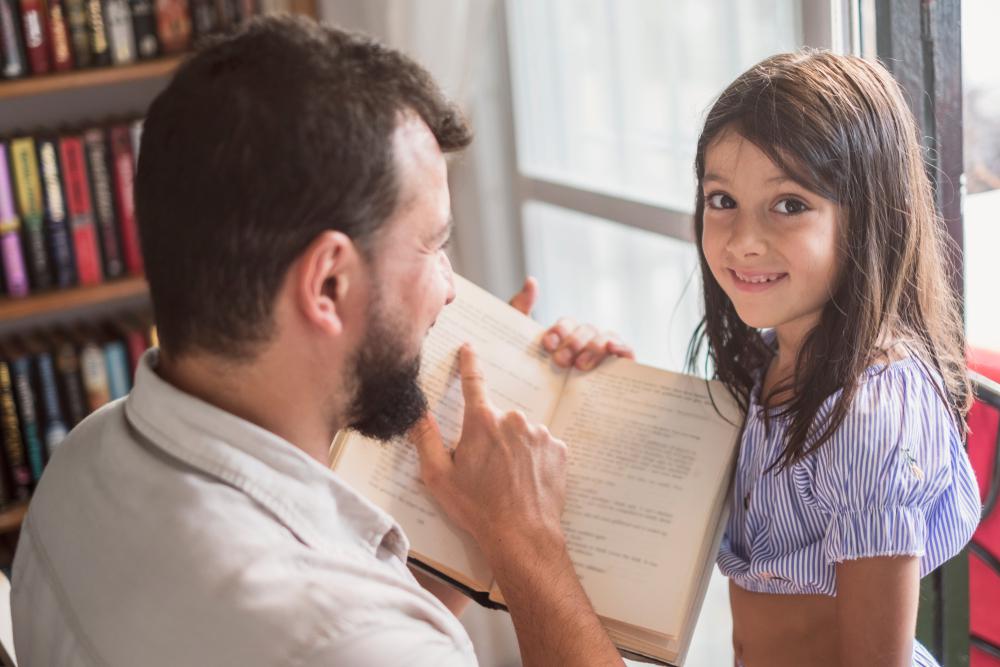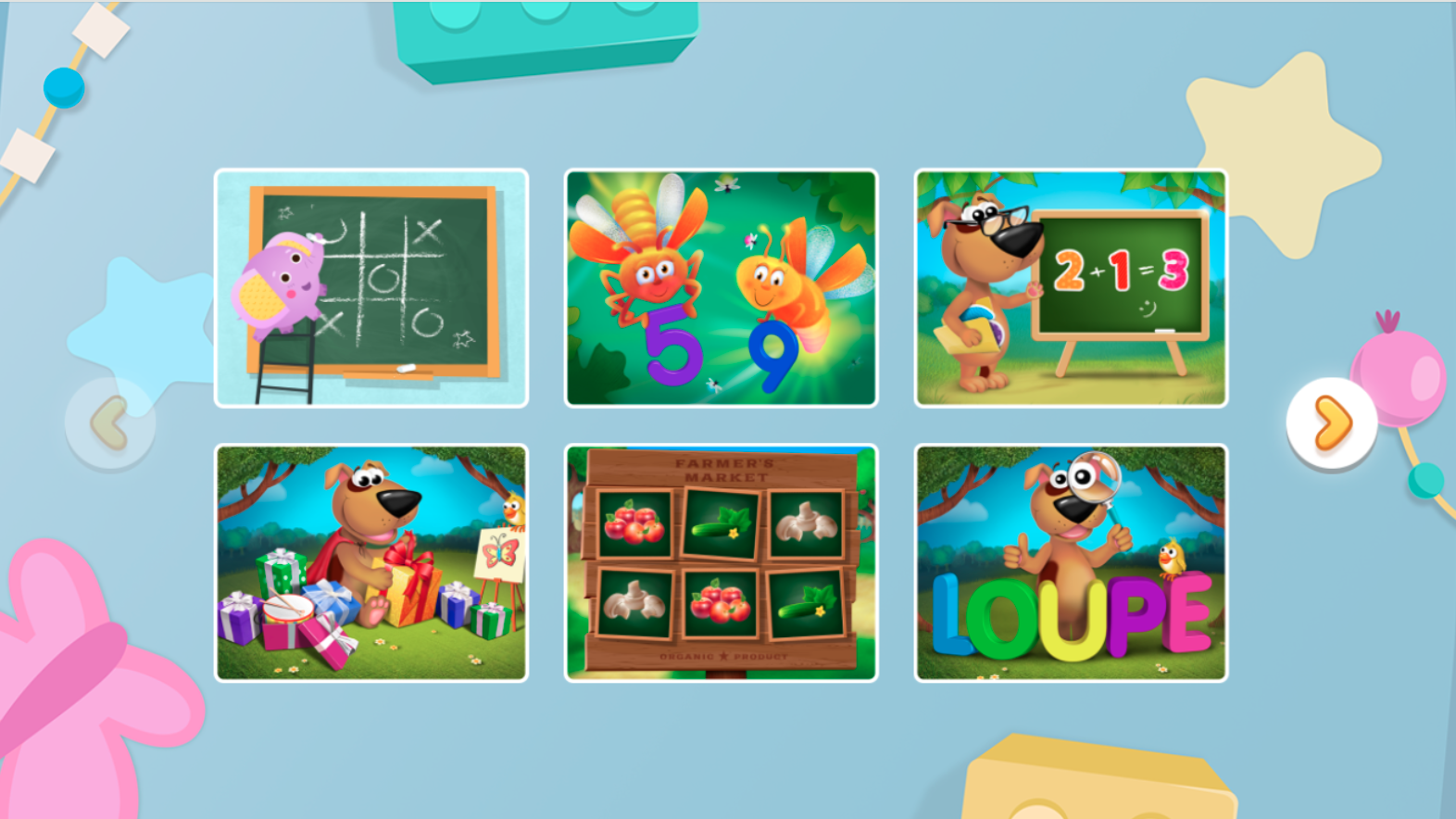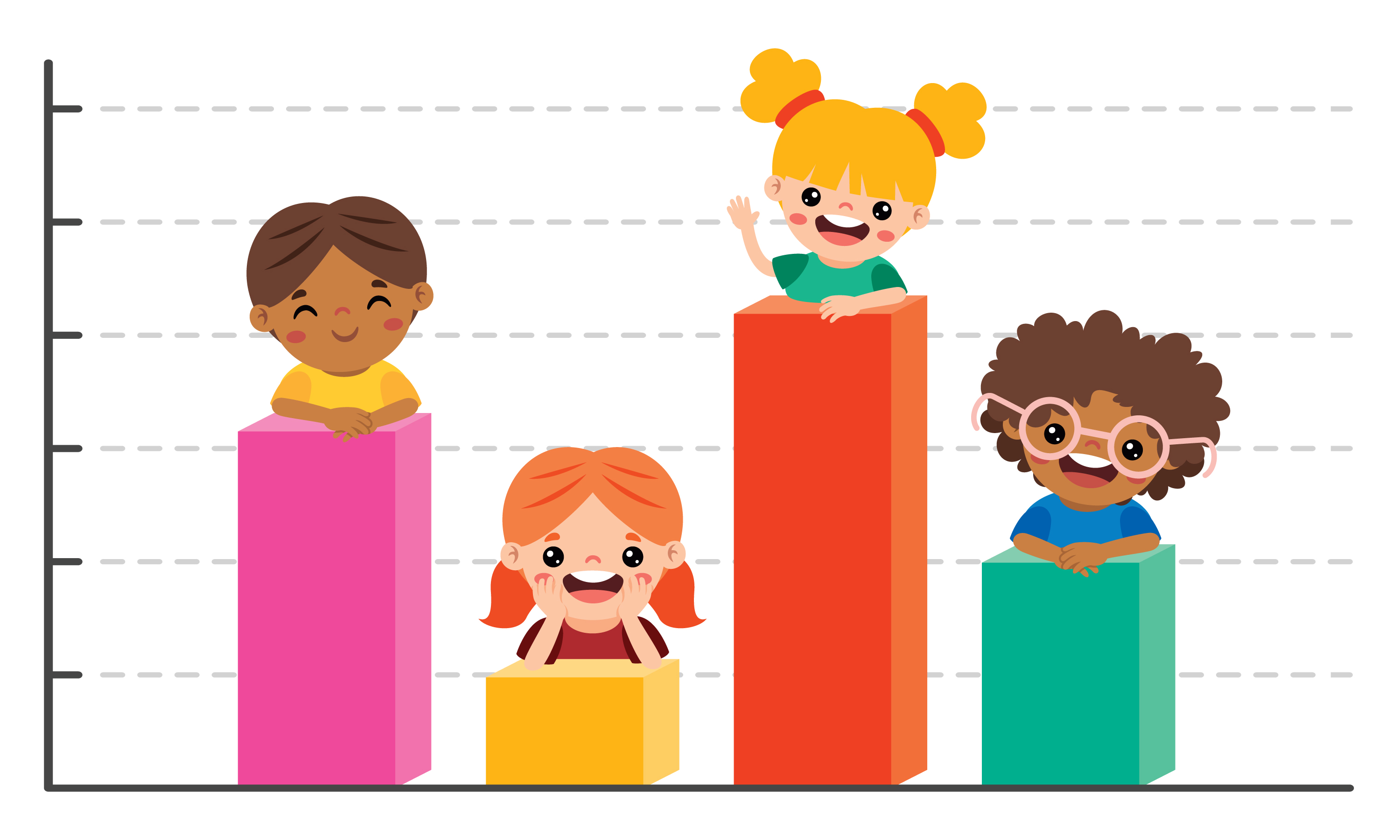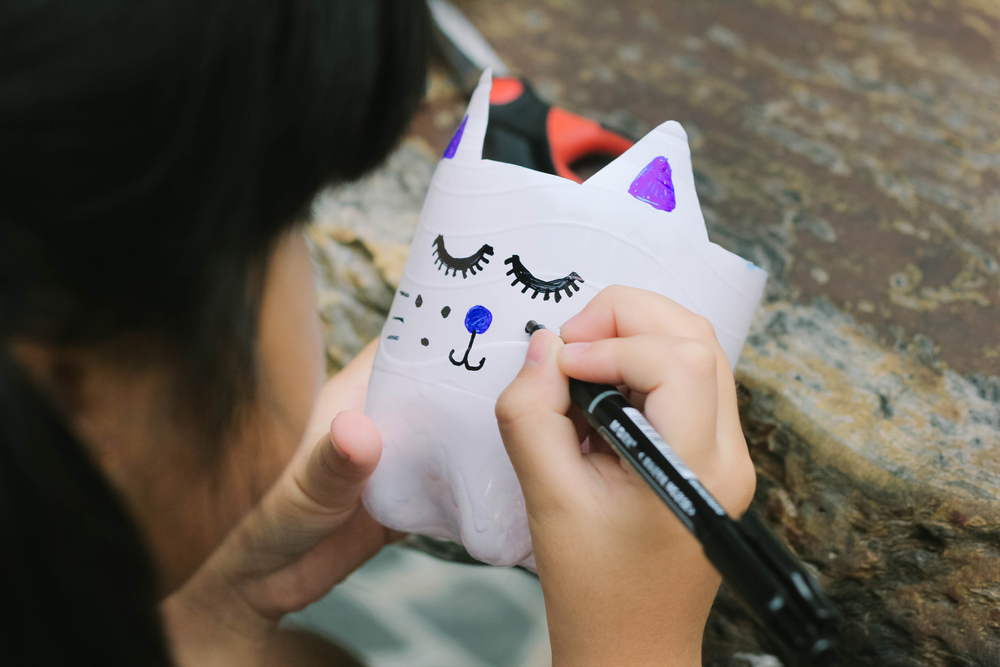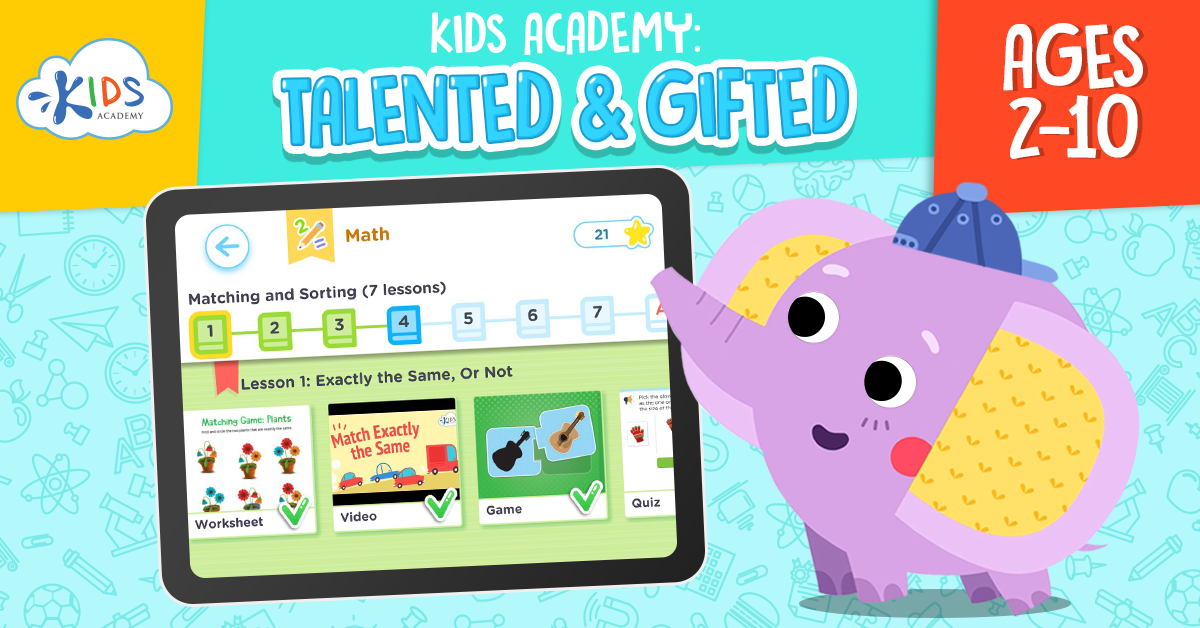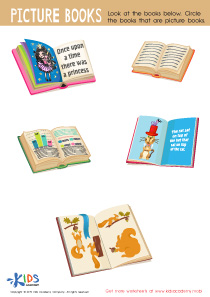Critical Thinking Normal Preschool Reading Worksheets
8 filtered results
-
From - To
Unlock your child’s potential with our engaging Critical Thinking Normal Preschool Reading Worksheets! Designed for young learners, these worksheets foster critical thinking skills while enhancing reading comprehension. Each activity encourages exploration and curiosity, helping preschoolers develop logical reasoning as they interact with stories and texts. Our resources are visually appealing and age-appropriate, ensuring an enjoyable learning experience. From solving puzzles to making predictions, children will build foundational skills essential for future academic success. Perfect for classroom or home use, our worksheets make learning fun and effective. Ignite your child's love for reading and critical thinking today!
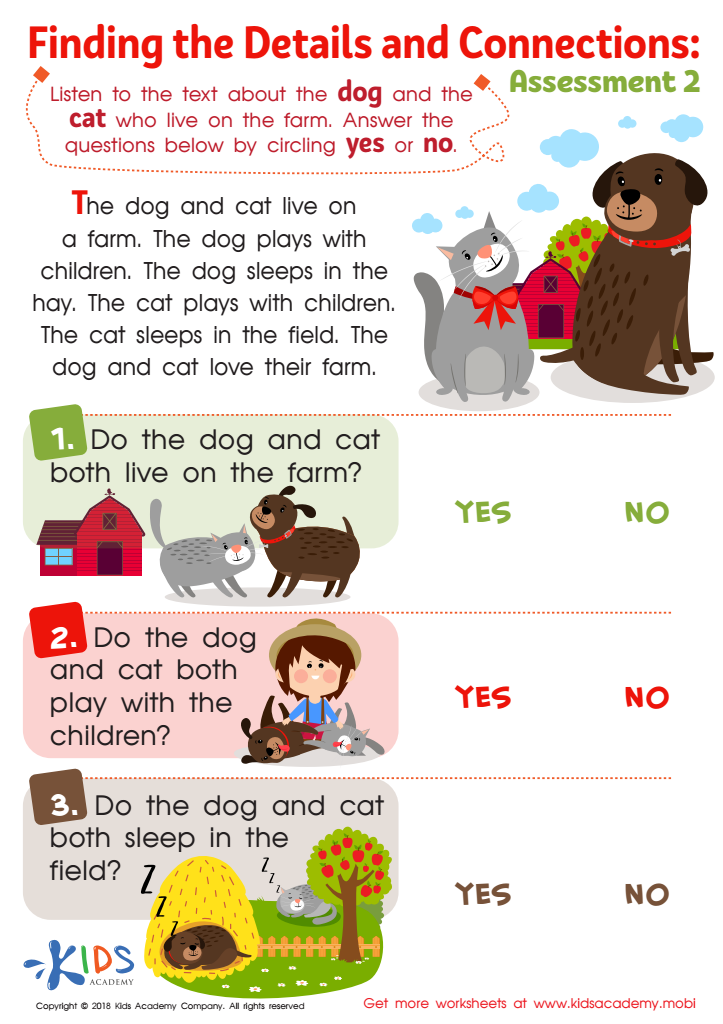

Finding the Details and Connections: Assessment 2 Worksheet
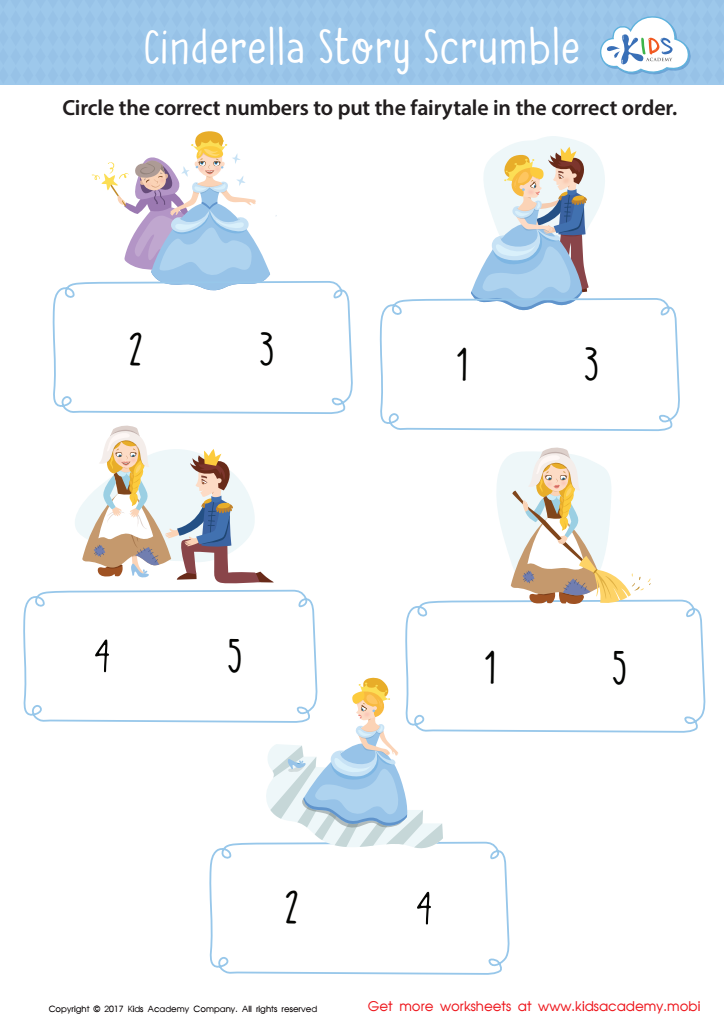

Cinderella Story Sequencing Worksheet
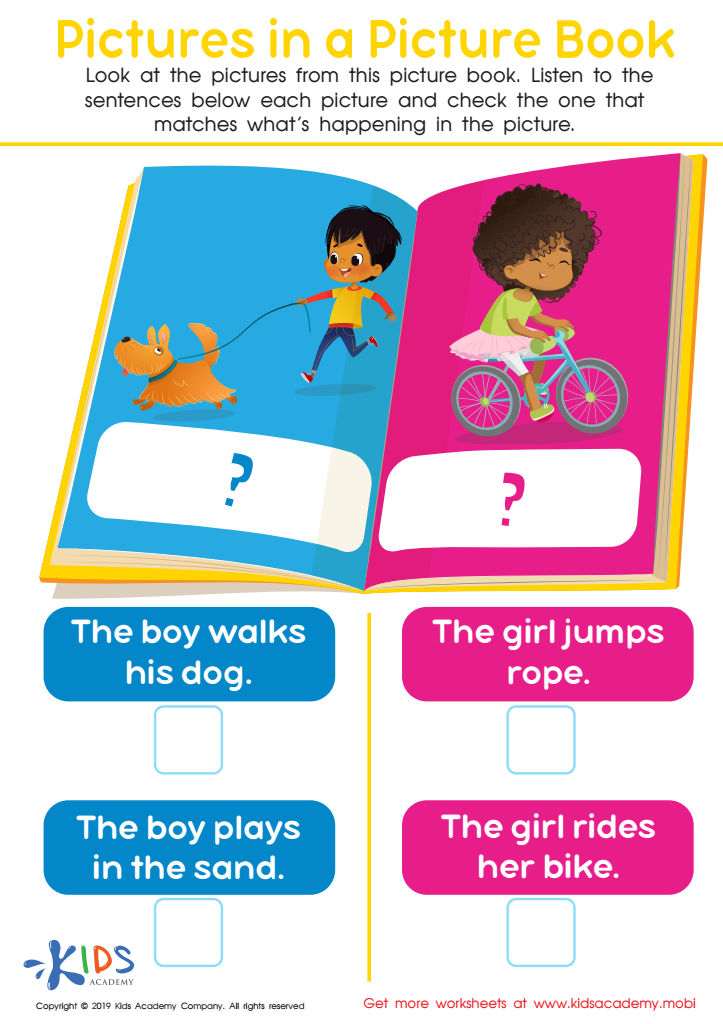

Picture in Books Worksheet


Questions About Stories: Assessment 2 Worksheet
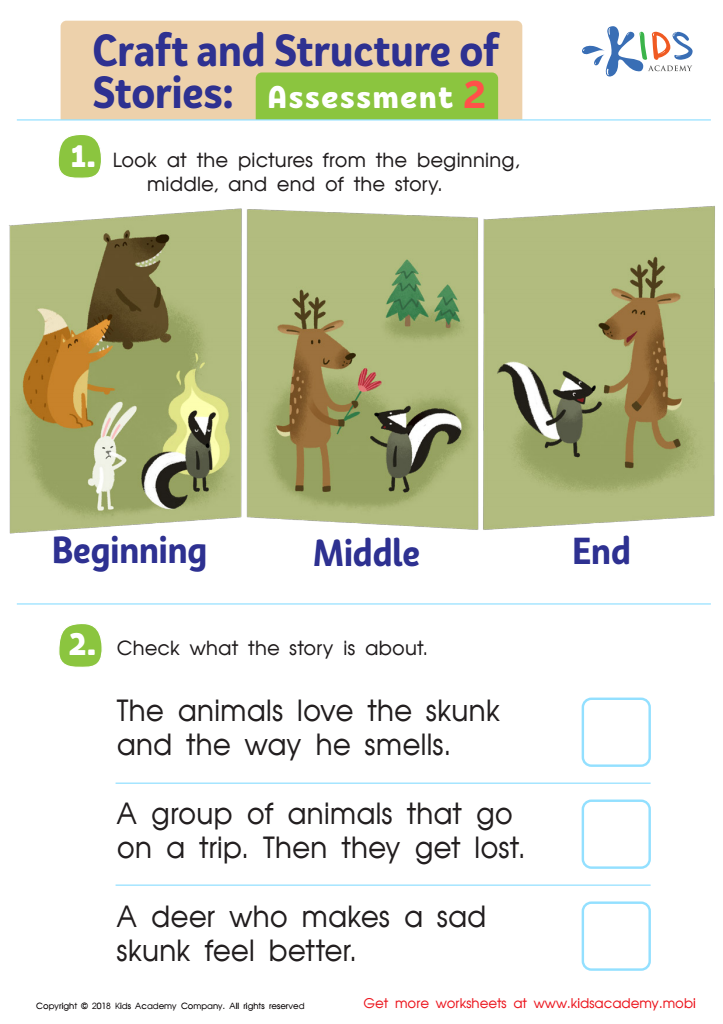

Craft and Structure of Stories: Assessment 2 Worksheet
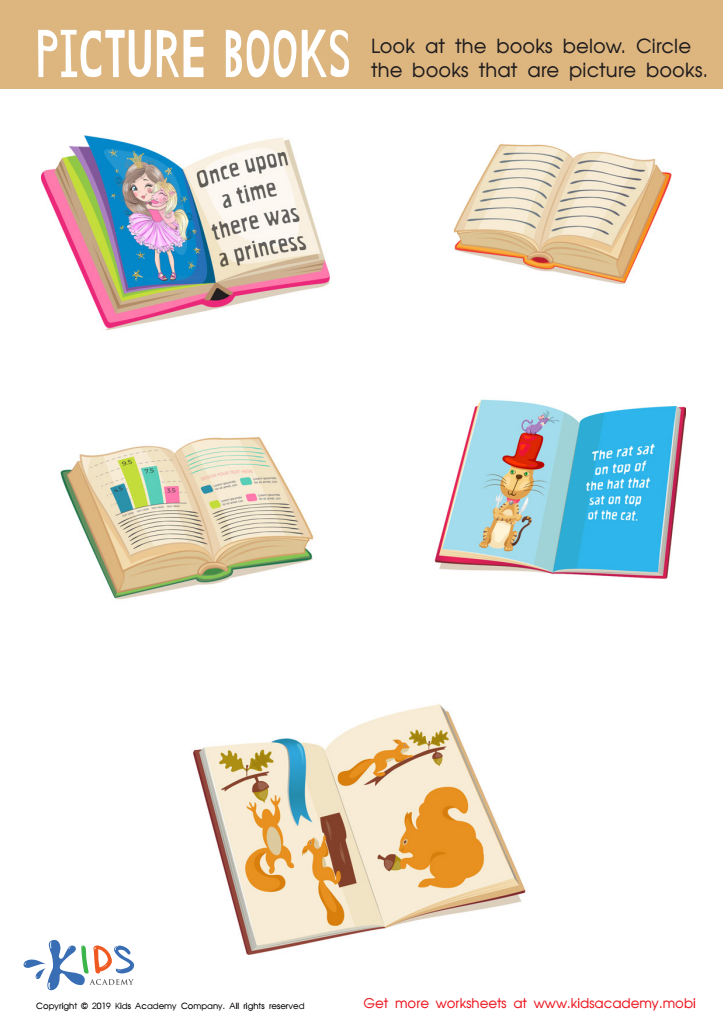

Picture Books Worksheet
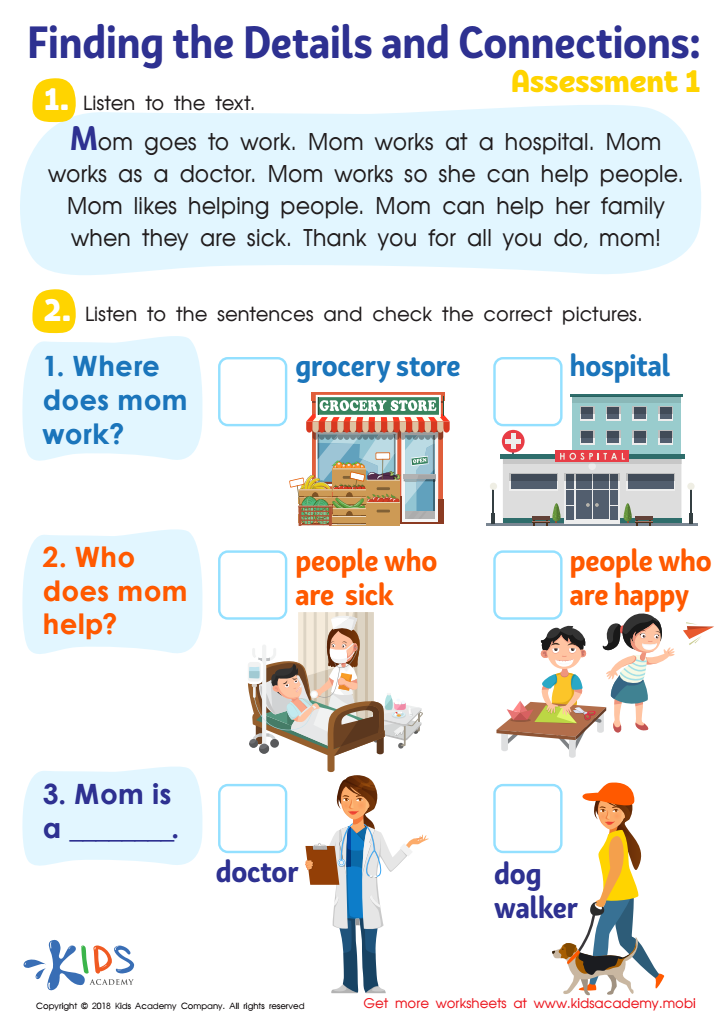

Finding the Details and Connections: Assessment 1 Worksheet
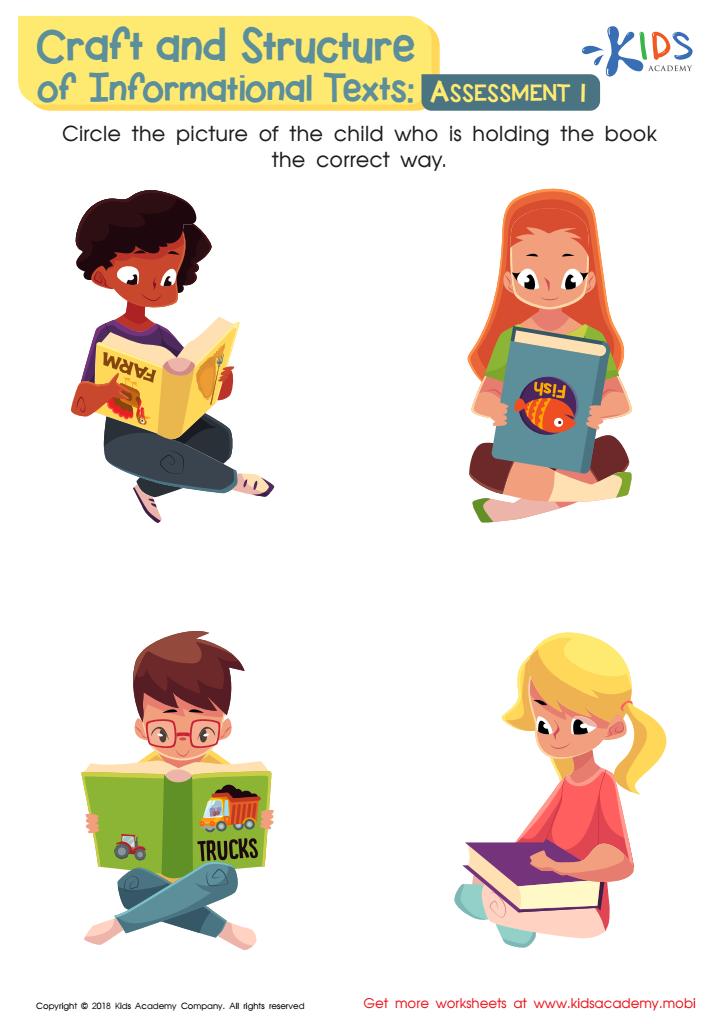

Craft and Structure of Informational Texts: Assessment 1 Worksheet
Critical thinking skills are essential for children’s cognitive development and future academic success, making it crucial for parents and teachers to care about incorporating them into preschool reading. At this early stage, children are naturally curious and eager to explore their environment. Reading activities can be structured to promote questioning, analysis, and reflective thinking, enabling children to move beyond mere content absorption to deeper understanding.
By encouraging critical thinking during reading, adults help children develop important skills such as problem-solving, reasoning, and decision-making. For instance, asking open-ended questions about a story can prompt children to consider different perspectives and outcomes, fostering creativity and innovation. This form of engagement not only boosts literacy skills but also enhances language development and emotional intelligence as children learn to articulate their thoughts and feelings.
Moreover, critical thinking in reading prepares children for an increasingly complex world where they will need to analyze information critically before forming opinions or making decisions. When parents and teachers prioritize critical thinking alongside normal reading practices, they equip children with the tools they need to navigate challenges, engage meaningfully in discussions, and become informed, thoughtful individuals. Thus, cultivating these skills at a young age lays a strong foundation for lifelong learning and success.

 Assign to My Students
Assign to My Students





